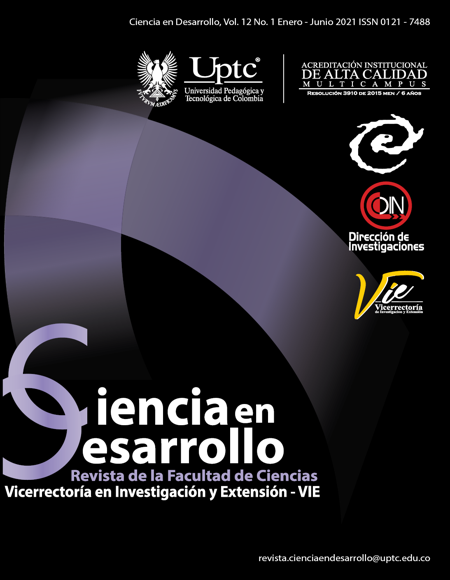Glass sheets coated with TiO2-m and its cytotoxic effect on leukemic cells Molt4

Abstract
Photodynamic therapy (PDT) has become an important alternative for the treatment of different types of cancer, due to its great advantages over conventional methods. In this field, TiO2 nanoparticles are one of the most widely studied photosensitizers due to their high photocatalytic activity, high absorption of UVA light and high biocompatibility. Although there are several successful studies related to PDT treatment, using TiO2nanoparticles, for different types of adherent cancer cells, there are few reports of PDT applied to non-adherent cancer cells, due to the challenges related to blood volume and light penetration. To address this challenge, modified TiO2 nanoparticles (TiO2-m) were deposited on glass substrates to study the cytotoxic effect of PDT on Molt4, non-adherent cells, using these coatings. The shaping of uniformed coatings on substrates was proved by standard deviation of transmittance in the UVA range at different points. Different experimental PDT tests of Molt4 cells on TiO2-m coatings were performed and the treatment cytotoxic effect was evaluated by LDH concentration. The results demonstrated the possibility of generating cytotoxic effect on non-adherent cancer cells with only 20 min of contact and 40 min of UVA radiation. This result is the first step for the possible development of new methodologies in the application of PDT on non-adherent cells using TiO2-m coatings
Keywords
Photodynamic therapy, titanium dioxide, leukemia, cancer, nanostructured coating
References
[1] MD Lucroy. “Photodynamic therapy for companion animals with cancer,”Vet Clin North Am Small Anim Pract , Vol. 32, p. 693–702, 2002.
[2] R. Daghrir, P. Drogui, D. Robert, “Modified TiO2 For Environmental Photocatalytic Applications: A Review,” Ind Eng Chem Res, Vol. 52, p. 3581–3599, 2013.
[3] DE. Dolmans, D. Fukumura, RK. Jain, “Photodynamic therapy for cancer,” Nat Rev Cancer, Vol. 3, p. 380–387, 2003.
[4] A.P. Castano, P. Mroz, M.R. Hamblin, “Photodynamic therapy and anti-tumour immunity,” Nat Rev Cancer, Vol. 6, p. 535–545,2006.
[5] S.M. Gupta, M. Tripathi , “A review of TiO2 nanoparticles,” Phys Chemestry , Vol. 56, p. 1639–1657, 2011.
[6] J. Rashid, M.A. Barakat, Y. Ruzmanova, A. Chianese, “Fe3O4/SiO2/TiO2 nanoparticles for photocatalytic degradation of 2-chlorophenol in simulated wastewater,” Environ Sci Pollut Res, Vol. 22, p. 3149–3157, 2015.
[7] K. Hashimoto , H. Irie , A. Fujishima, “TiO2 Photocatalysis: A Historical Overview and Future Prospects,” Jpn J Appl Phys, Vol. 44, p. 8269–8285, 2005.
[8] D.G. You, V.G. Deepagan, W. Um, S. Jeon , S. Son, H. Chang, et al, “ROS-generating TiO2 nanoparticles for non-invasive sonodynamic therapy of cancer,” Sci Rep, Vol.6, p. 1–12, 2016.
[9] J. Bogdan , J. Pławińska-Czarnak , J. Zarzyńska, “Nanoparticles of Titanium and Zinc Oxides as Novel Agents in Tumor Treatment: a Review,” Nanoscale Res Lett , Vol. 12, p.225, 2017.
[10] S. Çeşmeli, C. Biray Avci, “Application of titanium dioxide (TiO2) nanoparticles in cancer therapies,” J Drug Target, Vol. 27, p. 762–766, 2019.
[11] R.J Camargo Amado, J.O Gutiérrez Montes, M.J Basante Romo, W.D Criollo Gómez, “Synthesis of nanocompounds comprising anatase-phase titanium oxide and compositions containing same for the treatment of cancer,” US10603381B2, 2015.
[12] M.J. Basante-Romo, O. Gutierrez, R.J. Camargo-Amado, “Evaluación de la Citotoxicidad Inducida por TiO2 modificado Funcionalizado con Folato y Oro sobre Líneas Celulares de HeLa y CHO,” Inf Tecnológica, Vol. 27, p. 63–68, 2016.
[13] T. Rajh, N.M Dimitrijevic, M. Bissonnette, T. Koritarov, V. Konda, “Titanium dioxide in the service of the biomedical revolution,” Chem Rev, Vol. 114, p.10177–10216, 2014.
[14] M. Rismanchian, F. Golbabaei, Y. Mortazavi, G. Pourtaghi , A. Rahimi Foroushani, P. Nassiri, “A Comparative Evaluation of TiO2 Suspension Coating Techniques: A Novel Technique to Achieve Optimal Thickness and Uniformity of Photocatalytic Film,” Int J Photoenergy, p. 1–9, 2012.
[15] M. Basante, “Mecanismo de acción de Terapia Fotodinámica para cáncer con TiO2-modificado en células HeLa y sus efectos en modelo animal,” Escuela de Ingeniería Química. Universidad del Valle, 2017.
[16] R. Camargo, “Efecto fotocatalítico del TiO2-Au sobre células de cáncer de cuello uterino,” Ing Y Compet, Vol. 14, p. 191–8, 2012.
[17] J. Yu, X. Zhao, Q. Zhao, “Effect of surface structure on photocatalytic activity of TiO2 thin films prepared by sol-gel method,” Thin Solid Films, vol. 379, p.7–14, 2000.